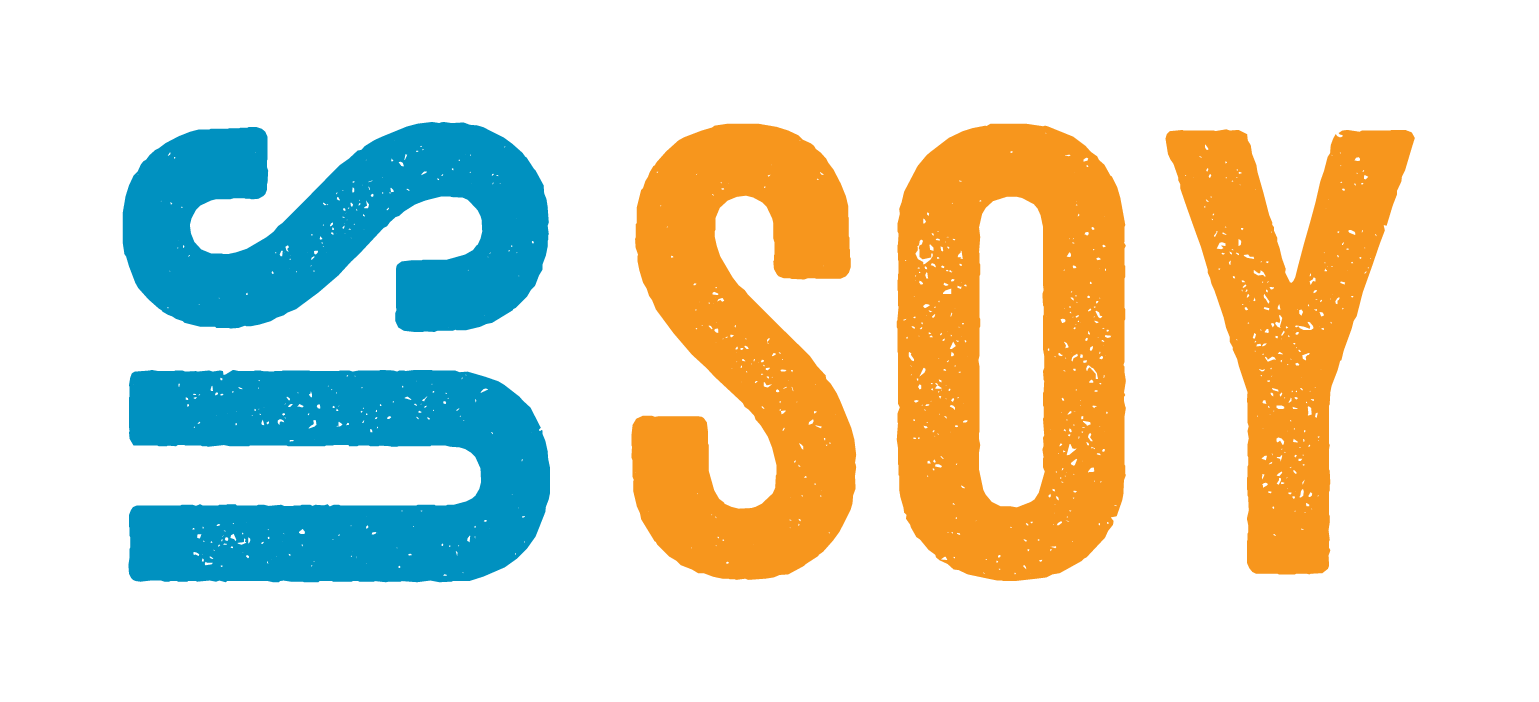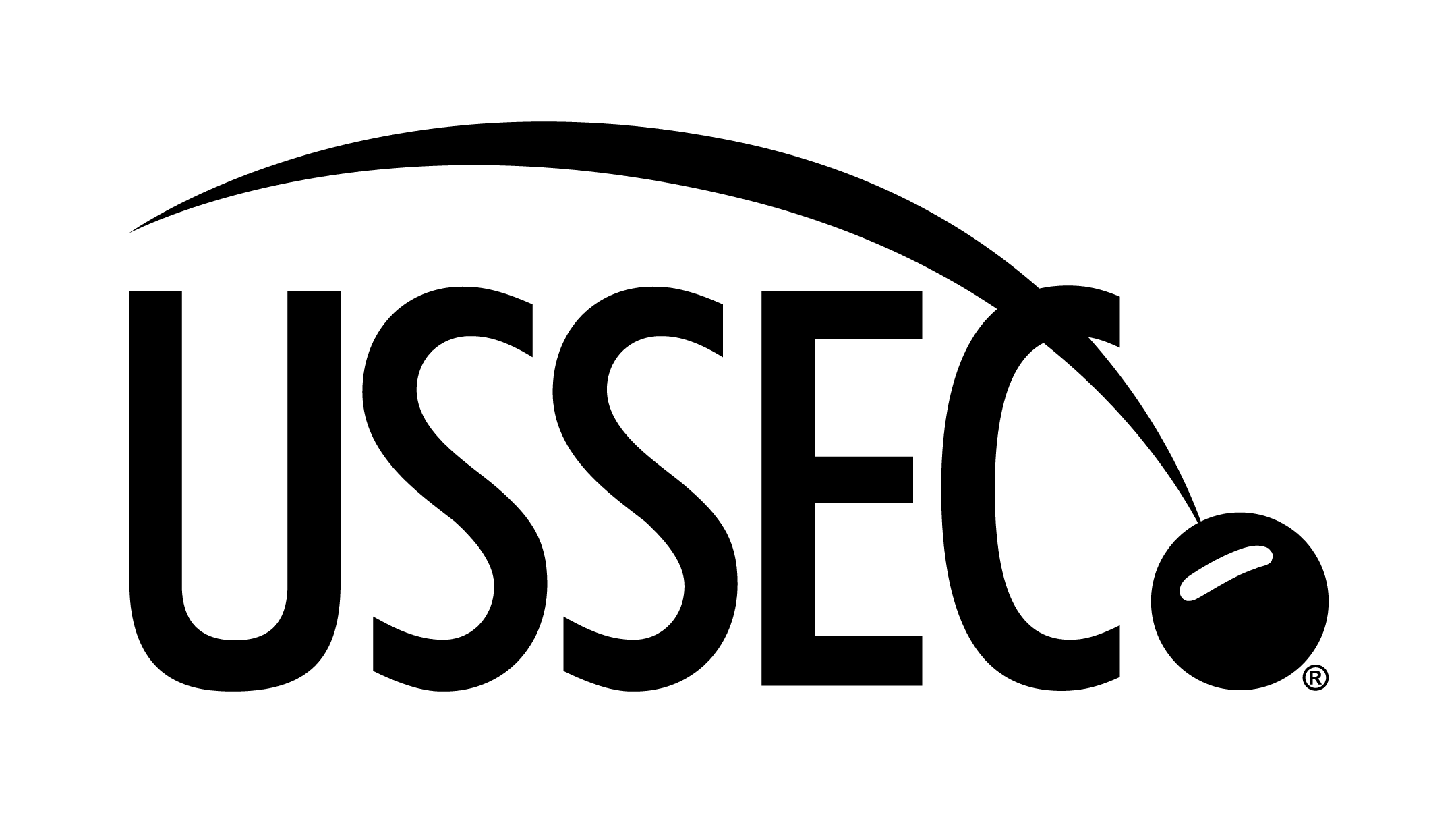Survey Data
Other Documentation
AOCS Methods
Glossary
The collected soybean oil samples were tested at an AOCS certified laboratory for several quality factors.
The objective of this survey was to identify the oil characteristics that contribute to refining cost differences.
The following table summarizes the results for each factor tested from the 2020/21 and 2021/22 surveys.
| Factor | Statistic | Argentina N=153 |
Brazil N=155 |
U.S. N=249 |
|---|
1Note that Chlorophyll was reported by the laboratory as either <1 ppm (reported as 0.50)
or 1 ppm in 2020 /21. Laboratory results in 2021 /22 included more granular detail on measurements.
That distinction should be considered when making comparisons.
2The higher standard deviation in Color (Red) results for the U.S. were due to a few limited samples
with uncharacteristically high Color (Red) in 2020/21. That variability was not present in 2021/22 results.
The table below summarizes the factors tested and the implications for soybean oil refining.
| Factor | Expecting Refining Impact |
|---|---|
| Free Fatty Acids (FFA), % | The higher the FFA content, the more caustic solution required for removal. This increases the refining cost and may impact refind oil yield. Free Fatty Acid content is a key variable in the soybean oil valuation tool. |
| Color (Lovibond) Red | The higher the color (Red), the more bleaching clay required for removal. This increases the refining cost and will impact refined oil yield as oil is absorbed by the bleaching clay. Color is a key variable in the soybean oil valuation tool. |
| Neutral Oil Loss (NOL), % | The higher the NOL, the less refined oil yield. Neutral Oil Loss is a key variable in the soybean oil valuation tool. |
| Iodine Value | The higher the iodine value, the greater the ratio of saturated fats to unsaturated fats. Unsaturated fats are healthier than saturated fats, but the higher iodine value oil has a slightly greater oxidative stability. Iodine value is related to Free Fatty Acid content and is not included in the soybean oil valuation tool. |
| Unsaponifiable Matter, % | The more unsaponifiable matter in an oil, the greater the expected refining loss. Unsaponifiable Matter is related to Neutral Oil Loss and is not included in the soybean oil valuation tool. |
| Saponification Value, mgKOH/gram | The higher the saponification value, the more caustic is needed to neutralize the oil in that stage of refining. This increases the refining cost and may impact refined oil yield. Saponification Value is related to Free Fatty Acids and is not included in the soybean oil valuation tool. |
The follow additional factors known to have an impact on refining yield or costs were included in the analysis: Phosphorus,
Calcium, Magnesium, Iron, and Chlorophyll.
The following table summarizes the AOCS methods utilized to test each factor in the survey:
| Factor | AOCS Method |
AOCS Definition |
|---|---|---|
| Free Fatty Acids (FFA), % | Ca 5a-40 | This method determines the free fatty acids existing in the sample. |
| Color (Lovibond) Red | Cc 13b-45 | This method determines color by comparison with glasses of known color characteristics. |
| Neutral Oil Loss (NOL), % | Ca 9f-57 | The total neutral oil of natural fats and oils consisting essentially of triglycerides and unsaponifiable matter is determined by this method. The free fatty acids and miscellaneous nonfat substances are removed by passing through a column of activated alumina. The loss is the difference between total neutral oil and 100%. |
| Iodine Value | Cd 1d-92 | The iodine value is a measure of the unsaturation of fats and oil and is expressed in terms of the number of centigrams of iodine absorbed per gram of test sample (% iodine absorbed). |
| Unsaponifiable Matter, % | Ca 6a-40 | Unsaponifiable matter is determined gravimetrically after saponification of the sample with KOH in ethanol and liquid-liquid extraction. |
| Saponification Value, mg KOH/gram | Cd 3-25 | The saponification value is the amount of alkali necessary to saponify a definite quantity of the test sample. It is expressed as the number of milligrams of potassium hydroxide (KOH) required to saponify 1 gram of the test sample. |
| Chlorophyll, ppm | Cc 13i-96 | The content of chlorophyll pigments in vegetable oils is expressed as mg of pheophytin a in 1kg of oil. |
| Calcium, ppm Iron, ppm Magnesium, ppm Phosphorus,ppm |
Ca 17a-18 | Solvent-diluted vegetable oils are analyzed for trace elements directly by Inductively Coupled Plasma Optical Emission Spectroscopy (ICP-OES). For this analysis, sample preparation included ashing prior to aspiration. |
The American Oil Chemists' Society advances the science and technology of oils, fats, proteins, surfactants,
and related meterials, enriching the lives of people everywhere.
Annul Refining Days:
Assumptions are based on refining plant which runs for a user specified number of days per year.
Bleaching:
Amount and cost of bleaching clay.
Caustic:
Total amount of alkaline solution utilized to remove free fatty acids in the neutralizing stage of refining.
Crude Degummed Soybean Oil (CDSO):
Pure but inedible soybean oil produced from fair to average quality crude soybeans. This represents the largest input cost for refining soybean oil.
Crude degummed soybean oil prices:
Assumptions are base don current U.S. futures prices.
Daily Refining Capacity:
Assumptions are based on a refining plant with a daily refining capacity of 1,000 metric tons.
Deodorization:
Steam-distillation process used to remove free fatty acids and volatile components present in crude edile oil.
Free Fatty Acids (FFA):
Lipid species released from the adipose tissue and several cell types upon lipolysis.
Iodine Value:
The mass of iodine in grams that is consumed by 100 grams of a chemical substance.
Lovibond Color:
Scale used to measure the colors of oils, chemicals, foods and beverages.
Neutralizing:
Amount and cost of caustic solution as determined by free fatty acid content.
Neutralizing Agent:
Alkaline solution used in neutralization, typically sodium hydroxide (NaOH).
Neutral Oil Loss (NOL):
Total amount of oils lost during the process of alkali refining.
Saponficiation Value:
Number of miligrams of potassium hydropxied (KOH) or sodium hydroxied (NaOH) required to saponify one gram of fat under the conditions specified.
Soybean oil refining yield impacts from refining loss:
Neutral oil loss, expected refining loss, and other incremental losses associated with each stage of refining.
Treat:
Calculated amount of caustic solution necessary to neutralize the soybean oil.
Unsaponifiable Matter:
Substances present in oils and fats which are not saponifiable by alkali hydroxides and are determined by extraction with an organic solvent
of a solution of the saponified substance under examination.
Utilities & Other Costs:
Category includes gas/steam, power, water, labor, repair, and maintenance.



